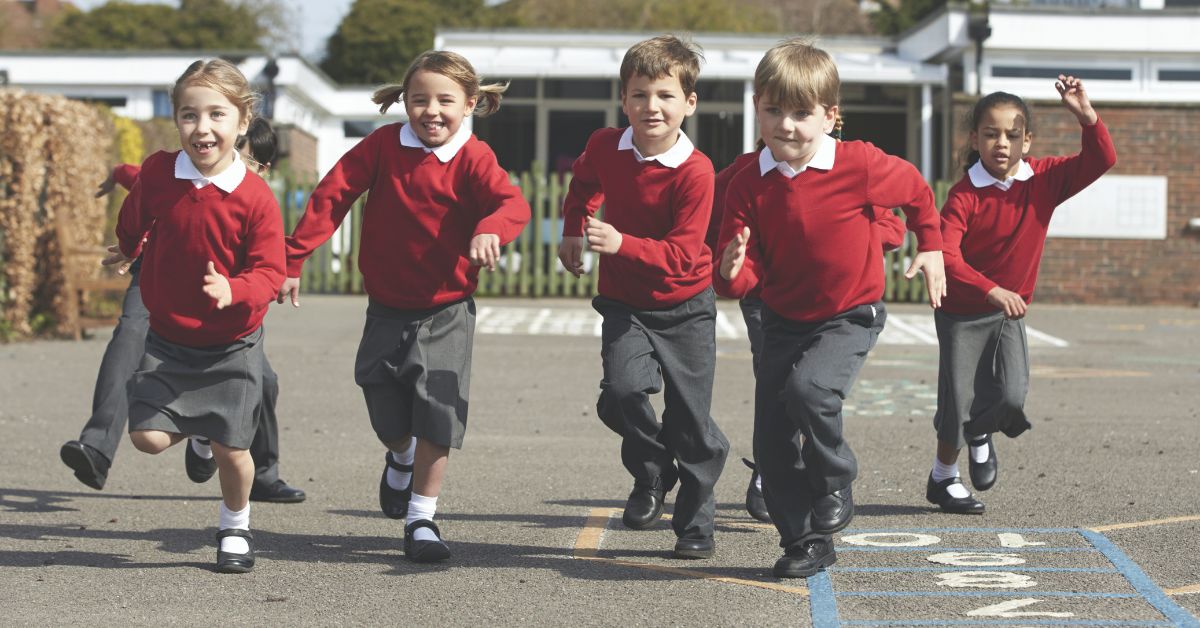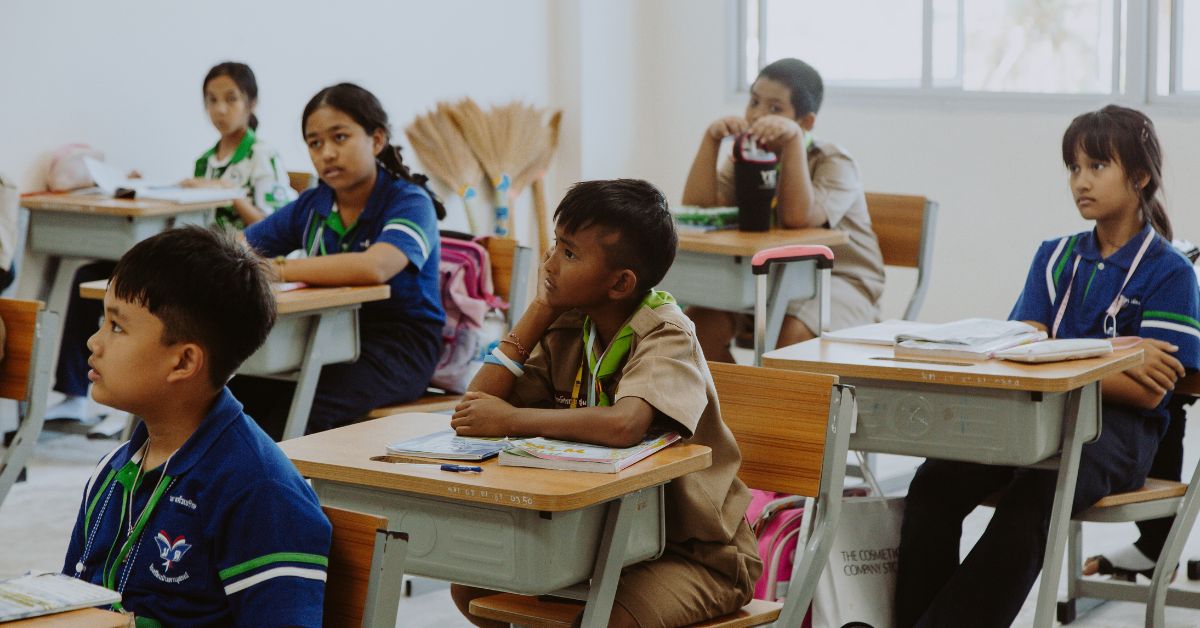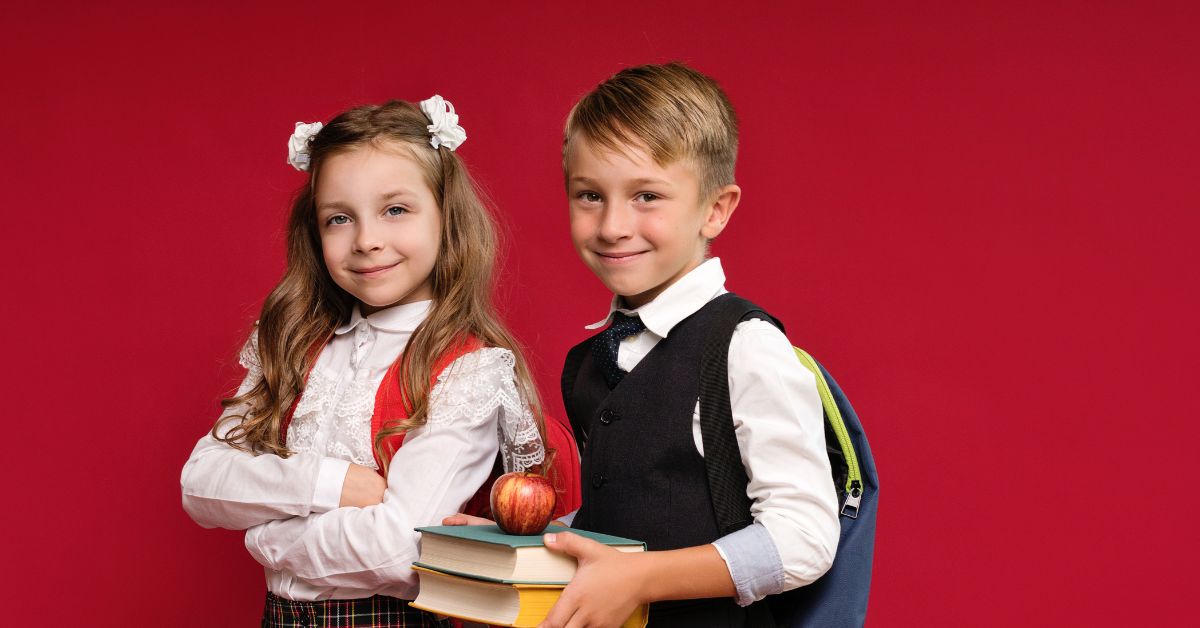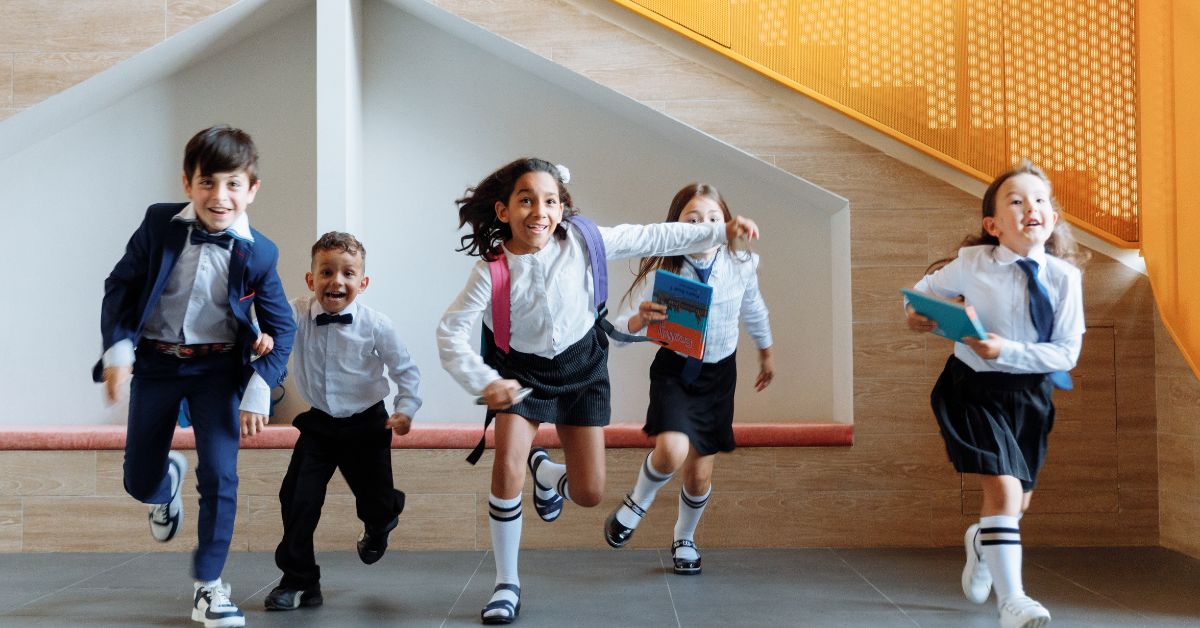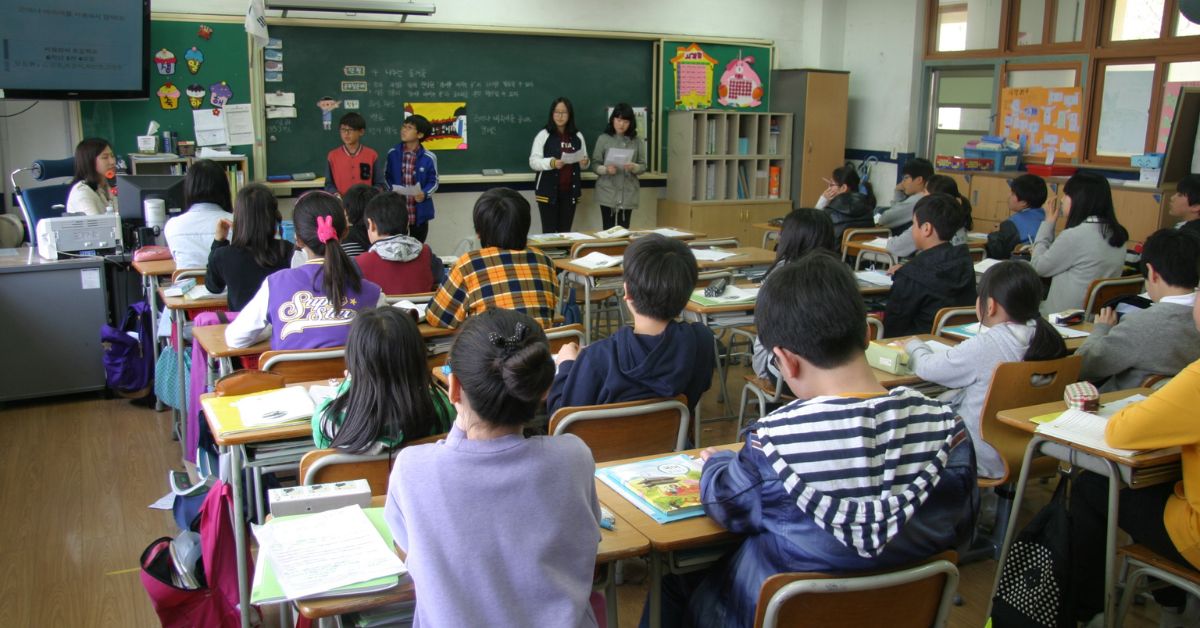What if school wasn’t just about memorizing facts or taking tests? What if learning could be joyful, personalized, and deeply connected to the real world? In Vermont, that’s not just a dream—it’s happening right now.
All across the state, educators, families, and students are working together to change how we think about school. The goal? To create a system that prepares young people not just for college or tests—but for life.
Let’s take a closer look at Vermont’s bold new approach to teaching and learning, and what it could mean for the future of education
A Shift Toward Deeper Learning
For generations, schools across America have followed a similar path: lectures, homework, grades, and standardized tests. Vermont is questioning whether that old model still works.
In today’s world, students need more than just facts—they need critical thinking, communication, creativity, and problem-solving skills. That’s why many Vermont schools are embracing a new vision of learning, one that’s more student-centered and connected to the real world.
Instead of simply asking, “Did the student pass the test?” Vermont educators are now asking, “What did the student really learn, and how can they apply it?”
Proficiency Over Percentages
One of the most important changes in Vermont’s schools is the move toward proficiency-based learning (PBL). This model focuses on what students can actually do, rather than just what they scored on a test.
Here’s how it works:
- Students are assessed on their ability to demonstrate knowledge and skills.
- They receive detailed feedback and can revise or redo work to show growth.
- Learning is more personalized, and students are encouraged to take charge of their progress.
This shift allows for deeper understanding and helps students become more confident and motivated learners.
Personalized Learning Plans (PLPs)
Another big innovation in Vermont is the Personalized Learning Plan, or PLP. These plans help students map out their interests, goals, and learning paths—starting in middle school.
With the help of teachers and families, students:
- Set goals that matter to them
- Choose projects that reflect their passions
- Reflect on their progress and growth
For example, a student interested in engineering might design a solar-powered device or intern at a local tech company. A future writer might create a blog or write short stories for a class magazine.
PLPs make learning more engaging and relevant, and help students see school as a launchpad for their future.
Real-World Learning
Vermont schools are also stepping outside the classroom. Learning isn’t just happening in rows of desks—it’s happening in forests, farms, downtowns, and community centers.
Here are just a few examples:
- Students grow vegetables in school gardens and sell them at farmers markets.
- They work with local governments on climate action plans.
- They interview elders in their towns to preserve oral history.
This kind of experiential learning helps students build real-life skills, feel connected to their communities, and see that they can make a difference.
Social and Emotional Learning Comes First
Vermont’s bold approach isn’t just about academics—it’s about nurturing the whole child.
That means schools are investing in:
- Mindfulness and mental health support
- Anti-bullying and equity programs
- Strong relationships between students and teachers
The idea is simple: Kids learn best when they feel safe, seen, and supported. And when schools focus on joy, kindness, and belonging, students thrive.
Some schools begin each day with community circles. Others use restorative practices to resolve conflicts. These efforts help build strong, caring learning environments where all students feel like they matter.
Rural Schools Leading the Way
You might think big change only happens in big cities. But in Vermont, many of the most exciting innovations are happening in small, rural schools.
Why? Because small schools are often more flexible and deeply connected to their communities. Teachers know every student. Parents and neighbors are closely involved. And everyone is invested in making education work.
In places where resources may be limited, creativity and collaboration are driving powerful change.
The Challenges—and the Hope
Of course, changing how schools operate is never easy. Some families worry about less focus on traditional grades. Some educators need time and training to adapt. And budgets are always a concern.
But the momentum is real. Across Vermont, there is growing agreement that education must evolve to meet today’s challenges—from climate change and mental health, to job readiness and social justice.
The good news? Vermont has already laid the foundation for a new kind of learning—one built on joy, purpose, and equity.
Why It Matters
The future isn’t waiting. Our kids need schools that help them think deeply, act boldly, and care deeply about the world around them. Vermont is showing us what that looks like.
So the next time someone asks, “What’s possible in education?”—you might just say: Look at Vermont.



